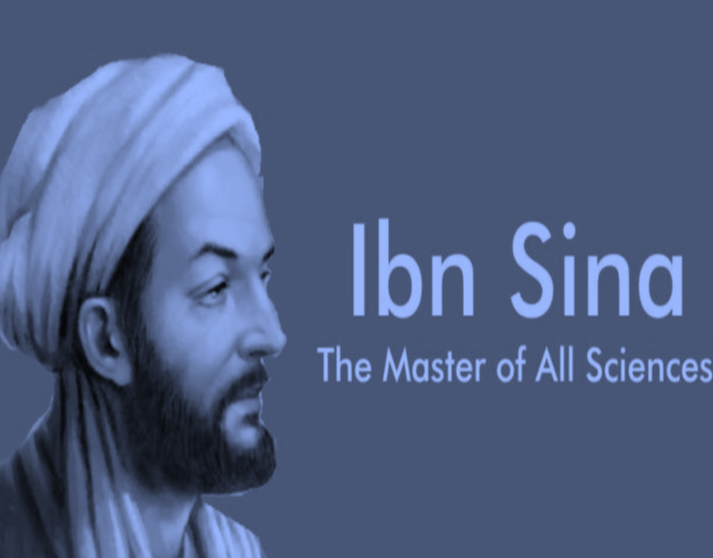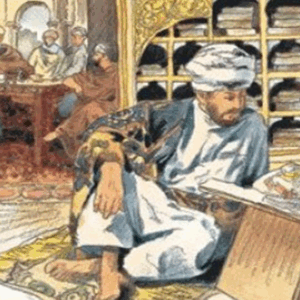The Story of Ibn Sina (Avicenna) – The Genius of the Islamic Golden Age
During the Islamic Golden Age — a period of extraordinary scientific and intellectual growth between the 9th and 14th centuries — one name stands out above many others: Ibn Sīnā, known in the West as Avicenna. He became one of history’s greatest physicians, philosophers, and thinkers, and his work shaped both the Muslim world and Europe for centuries.
Early Life and Education
Ibn Sīnā was born around 980 CE in the region of Transoxiana in Central Asia. Shortly after, his family settled in Bukhara, a major center of learning. Gifted from childhood, he memorized the Qur’an early and then studied Hanafi law, mathematics, literature, and especially medicine.
By the age of 16, he was already recognized as a skilled doctor. His reputation grew rapidly when he successfully treated a rare illness suffered by Nuh ibn Mansur, the ruler of Bukhara. As a reward, the young scholar gained access to the royal library—one of the finest collections of scientific and philosophical books in the world. This access allowed him to study deeply in every field: medicine, physics, logic, astronomy, natural sciences, and philosophy.
The Canon of Medicine
Ibn Sīnā’s most famous work is “Al-Qanun fi al-Tibb” (The Canon of Medicine). This enormous book organized all known medical knowledge of his time and added his own discoveries. It became the standard medical textbook in Europe and the Muslim world for almost 600 years.
In this masterpiece, Ibn Sīnā:
-
Explained the structure of the human body and organs
-
Listed more than 550 medicines and their uses
-
Described psychological factors in health
-
Explained how plants, roots, and natural substances affect the body
-
Showed how diseases spread
One of his most important ideas was the use of quarantine. He wrote that isolating sick people for 40 days could stop infections from spreading — a concept that echoes in today’s medical practices.
The Book of Healing
Beyond medicine, Ibn Sīnā was an extraordinary philosopher and scientist. His other great work, “The Book of Healing,” is not about curing illness but about healing the mind with knowledge. It covers mathematics, physics, psychology, logic, and metaphysics. He reportedly wrote 50 pages a day, completing massive volumes with remarkable speed.
The book reached Europe decades later and became a cornerstone of medieval philosophy and natural science.
Belief in God and Philosophy
Ibn Sīnā played a major role in Islamic philosophy. He developed a version of Aristotelian logic and used reason to argue for the existence of God. In his famous argument — called “The Proof of the Truthful” — he wrote that everything in the universe depends on something else for its existence. Therefore, there must be a Necessary Being that depends on nothing: God.
He also taught that humans have three souls:
-
The vegetative (growth and nourishment)
-
The animal (movement and senses)
-
The rational (thought and understanding), which connects humans to the divine
This became a major part of later Islamic philosophy.
Inner Senses and Psychology
Centuries before modern psychology, Ibn Sīnā suggested that humans possess inner senses beyond the five external senses. These include:
-
Common sense – which joins information from all senses
-
Imagination – which stores images
-
Memory – which preserves learned information
-
Understanding – which uses all these tools to make decisions
He viewed thinking and choosing as acts of the soul, not just the body.
Scientific and Astronomical Discoveries
Ibn Sīnā contributed to many scientific fields. He wrote about the speed of light, the nature of sound, and the motion of objects. He also studied natural events like earthquakes, explaining them as movements beneath Earth’s surface.
In astronomy, he correctly reasoned that Venus is farther from the Sun than Earth by comparing its visible size. He also observed the famous SN 1006 supernova, noting its incredible brightness.
Advances in Early Psychiatry
He explored early concepts of mental health, connecting physical symptoms with emotional states. He wrote about depression, anxiety, and how the mind affects the body — ideas centuries ahead of European medicine.
A Legacy That Shaped the World
By the time of his death in 1037, Ibn Sīnā had written more than 200 books. His influence continued long after his time:
-
His Canon of Medicine shaped medical education for hundreds of years
-
His philosophical ideas influenced scholars in both the Islamic world and Christian Europe
-
His scientific observations helped lay the foundations of physics, astronomy, and psychology
Ibn Sīnā remains a symbol of the brilliance of the Islamic Golden Age, a time when scholars from all backgrounds — Muslim and non-Muslim — helped advance science, knowledge, and human understanding.




